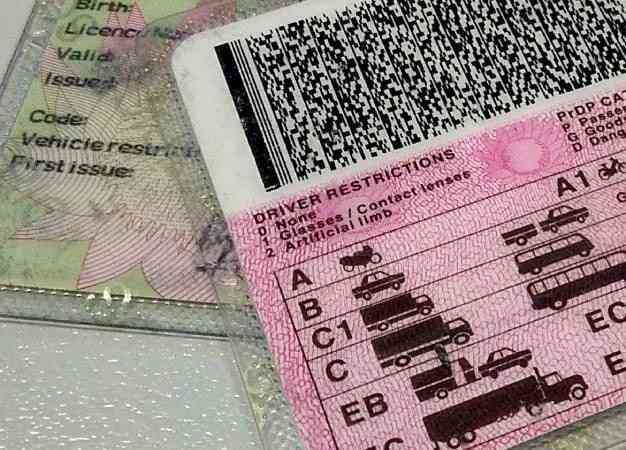ZAMBEZI Gas and Coal Mine says it requires more than US$2 billion to fund its capital expenditure (capex) requirements and expansion plans for 2023 and beyond.
Capital expenditures are funds used by a company to acquire, upgrade, and maintain physical assets such as property, plants, buildings, technology, or equipment and usually is often used to undertake new projects or investments by a company.
Zambezi’s projects include underground mining, establishing a coking plant, enlarging its wash plant, and the construction of a thermal power station.
Zambezi operations director Menard Makota told this publication that the capex requirements for the power station may come down to US$1,5 billion, based on the firm’s research.
Makota was speaking on the sidelines of a tour of their mine in Hwange, organised by the Association of Mine Managers of Zimbabwe as part of its annual conference proceedings.
“Capital is one of the challenges we have at the moment at this mine. There is a huge market for coal locally and outside the country. You can have any coal tonnage and still get it sold but currently we are having capital challenges. This explains why we had to buy our heavy plant open pit equipment in two stages,” he said.
Keep Reading
“We bought the first set of two excavators, four dumpers, a dozer, and a grader for over US$7 million. We are bringing the second set of an excavator, two dump trucks and dozer for over US$3 million. In addition to collateral, the bank interest rates are also prohibitive. The banks first gave us US$3 million, and we supplemented with our own funds and shareholder loans.”
He said with increased confidence, the banks had increased the loan to US$3,5 million for the second batch.
As the mine improves production, Makota said it would go back to the banks and get more loans for the coke oven and underground mine.
He said this would need collaboration of more than two banks with the African Export-Import Bank having promised to assist.
“Based on the current projections the coke oven needs about US$15 million, underground about US$30 million and the power station US$2 billion. Research is underway to see possibilities of reducing these figures. This may involve leveraging on some of the customers who have a great need for the product,” Makota said.
The company is currently producing between 120 000 and 200 000 tonnes of coal per month.
Makota bemoaned the high retention threshold on exports by the central bank at 60% as affecting the company’s needs like diesel, explosives and machinery spares, which are available in foreign currency only.
He said engagements with the Reserve Bank had been in ongoing for some time, adding that Finance minister Mthuli Ncube encouraged continued dialogue on the matter.
The company is exporting between 30% and 40% of its output.
l Follow us on Twitter @NewsDayZimbabwe





